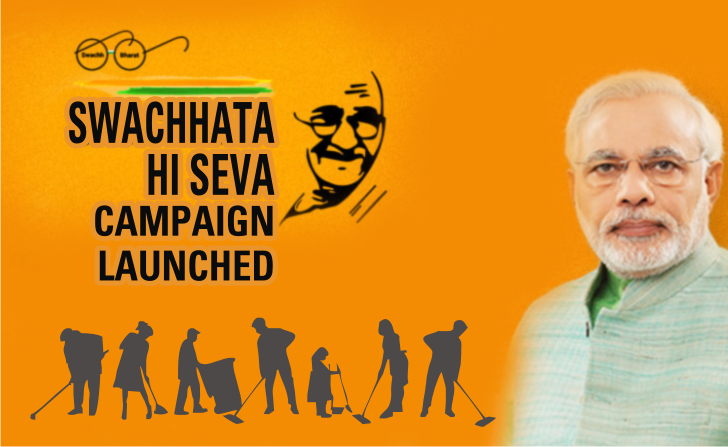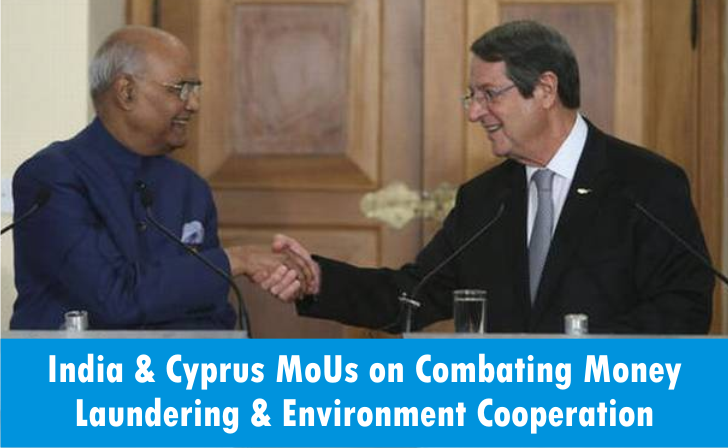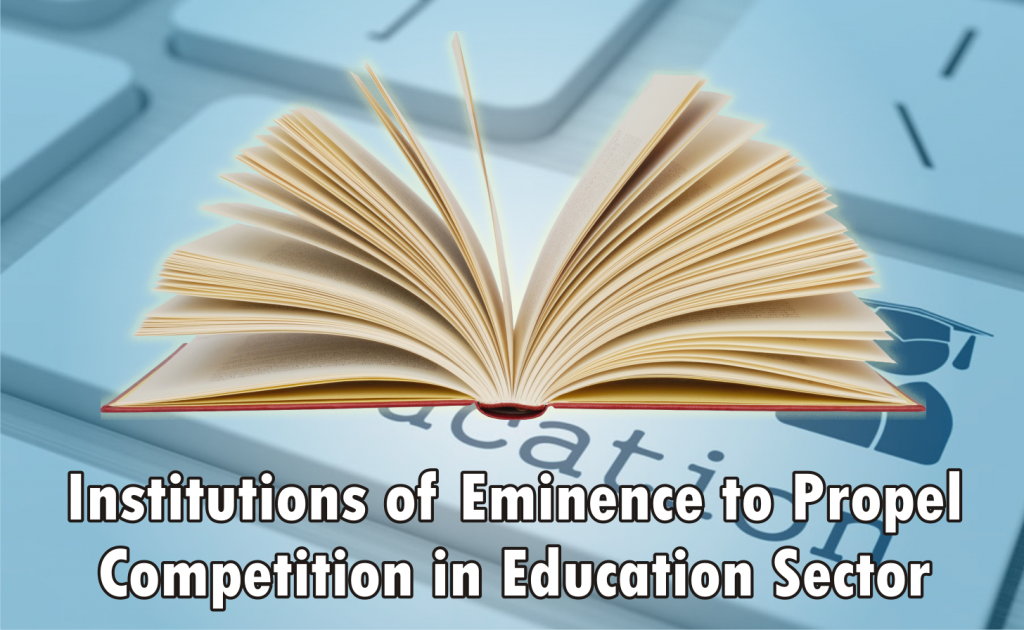World Economic Forum: The Future of Jobs Report
The Future of Jobs Report 2018 from World Economic Forum (WEF) released on Monday September 17, 2018 is more positive on the outlook for job creation as the technological changes including artificial intelligence, robots and automation, high-speed mobile Internet and cloud technology, nanotechnology, 3D printing and biotechnology, are expected to drive a significant shift on the frontier between humans and machines and these developments in the workplace could create 58 million new jobs in the next five years.
This Fourth Industrial Revolution, which basically refers to the ways new technologies will alter the way people live, work and relate to one another, will cause widespread disruption not only to business models but also to labour markets and enormous change is predicted in the skill sets needed to thrive in the new landscape. This report aims to unpack and provide specific information on the relative magnitude of these trends by industry and geography, and on the expected time horizon for their impact to be felt on job functions, employment levels and skills.
However, over the coming years, there is enormous scope and a clear unmet need in creating the hard and soft infrastructure to power the Fourth Industrial Revolution, from digital communication networks to renewable and smart energy grids to smart schools and hospitals to improved care homes and childcare facilities.
According to Klaus Schwab WEF founder and executive chairman, “Workforce transformations are no longer an aspect of the distant future.”
WEF report says that in future machines will rule the workplace, as an increasing share of a company’s information and data processing work will be taken over by machines, which will perform 42% of total task hours across industries spanning manufacturing, services and high tech by 2022, as against 29% being performed in 2018. Humans are expected to work an average of 58% of task hours by 2022, up from the current task hours of 71% in 2018.
As per the Future of Jobs Report 2018 report:
- Globally, almost half of all companies expect automation to cut their full-time, permanent workforce in the next four years;
- Some companies could choose to use temporary workers, freelancers and specialist contractors, while others may automate many of the tasks.
- New skill sets for employees will be needed as labour between machines and humans continue to evolve.
- Report identified the reskilling and up-skilling of employees as an urgent imperative.
- New jobs will still lead to a net gain in employment opportunities if sufficient reskilling is done.
- In India, 54% of employees in 12 key industry sectors will need reskilling by 2022.
- Companies, governments and employees need to work together to tackle skills shortages that occur due to automation, according to WEF.
- Opportunity for higher productivity growth would be created if companies can effectively manage upgrading the skills of existing workers and splitting tasks between employees and machines
On the impact of Artificial Intelligence on jobs many experts have predicted that machines will ultimately replace millions of jobs in the next decade, whereas, the conventional wisdom among many business executives is that AI will also create new jobs.
Fourth Industrial Revolution holds both challenges and opportunities as the new labour market is taking shape in its wake. As companies begin to formulate business transformation and workforce strategies over the course of the 2018–2022 period, they have a genuine window of opportunity to leverage new technologies, including automation, to enhance economic value creation through new activities, improve job quality in traditional and newly emerging occupations, and augment their employees’ skills to reach their full potential to perform new high value added work tasks, some of which will have never before been performed by human workers. Such an ‘augmentation strategy’ will receive progressively more attention over the coming years, including through upcoming work by the World Economic Forum’s Centre for the New Economy and Society.
It is hoped that the World Economic Forum’s Future of Jobs Report 2018 provides both a call to action and a useful tool for proactively shaping the future of jobs. The governments, industries and workers alike should ensure that tomorrow’s jobs are fairly remunerated, entail treatment with respect and decency and provide realistic scope for personal growth, development and fulfilment.










